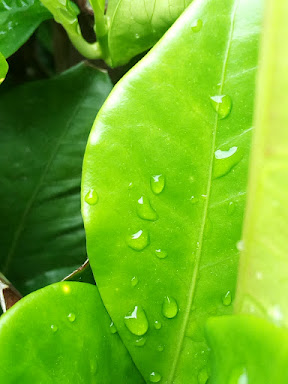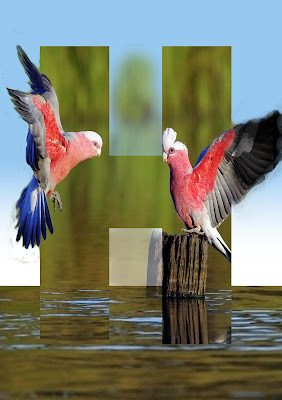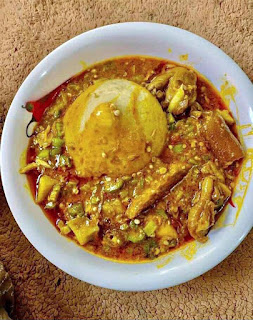This post is a very brief one that introduces the topic of how to make a rope you can use for various purposes using Borassus palm. The Borassus palm happens to be one plant that is used widely to make rope that is used to weave so many stuffs and you are lucky to find this post which will let you know more about how this is done.
The plants suitable for making the ropes normally are the ones that look young because if it grows too much it becomes hard to twist and the hand gets hurt during the process. For this reason, the young plant is the one suitable as it is soft and easily responds to the twisting pattern.
Step 1
Cut a branch of the plant and allow it to dry a little under sunlight. This initial process or act makes it turn from its rich green color to a fainter color but more significant than that, the moisture content is reduced which might reduce its firmness as it is being prepared in the next stage. When it is noted that the frond has overdried, water is sprinkled over it a little before the next stage which involves the individual cutting of the fronds with a knife.
Step 2
A sharp knife is used to cut the fronds individually from the stalk. Care must be taken when cutting to prevent getting oneself harmed since there are some thorns on the stalk as well as the fronds.
Step 3
Just like a palm frond or coconut frond, there is a stick like how it is in either a coconut or palm frond and this has to be removed. This is done by using the knife to penetrate close to the stick and it is removed. This stick is also used in weaving the rope and its importance is to make the rope stronger.
Step 4
The fronds from which the sticks are removed are taken individually and then the blunt side of the knife is used to soften the fronds a bit by straightening it against the knife. Doing this makes the fronds softer and after that, they are dipped in water for some time to soften them the more.
Step 5
Take two or more of the fronds depending on the size of the rope desired, and put them together as shown in the image below. It is normally aligned such that the tip are opposite each other in order to begin the weaving with the middle of the fronds which makes is very cool.
The lined fronds are then bent to begin the creation of the rope. The left hand holds one strand of frond and the right hand twists the other and twists it against the one in the left hand. This alternating process is repeated throughout the whole process. In the process, when the strand of frond being used in the weaving is getting finished, a strand is picked from the one that has been dipped in the water to support the one finishing.
The process is continued until the desired length of rope is attained and then the tip is knotted. This rope has been one traditional rope that's been there for long which is even business for some people is villages in some countries due to its enormous uses.


















Comments
Post a Comment
Share your views on this insightful content